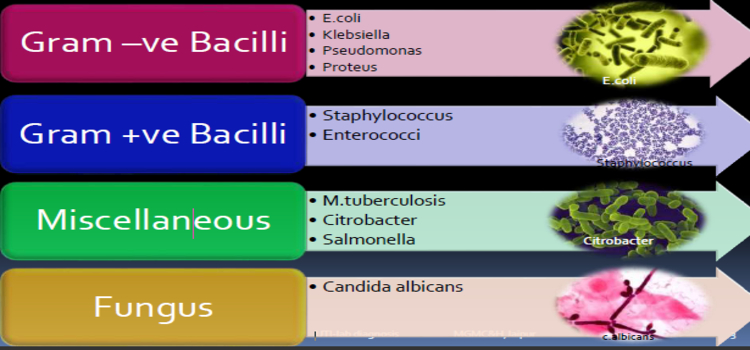Urinary Tract Infection(UTI)
- 2020-12-02
What is
urinary Tract Infection?
Urinary tract
infection (UTI) refers to the range of manifestations and severity of illness
associated with microbial colonization of the genitourinary tract that extends
from the renal cortex of the kidney to the urethral meatus.
It is the most common bacterial infection accounting for 25% of all infections and it occurs in all age groups in both male and female. Incidence of UTI is higher in female as compared to male. The reason behind this is probably due to various clinical entities like distance of urethra and anus is short, hormonal effects & behavior pattern.
UTI is the
commonest bacterial infection affecting females mostly in the developing
countries like Nepal due to illiteracy, lack of proper hygiene & sanitary
facilities. They are always at risk of infections caused by various
microorganisms. It is predicted that about 50% of women will be infected with
urinary pathogen in their lifetime, and one in three women will receive
antimicrobial agent for the treatment of UTI.
How UTI is
diagnosed?
UTI is diagnosed
with a simple method of culture in the microbiological laboratory. The patient
has to give a urine sample which is processed in the laboratory. Bacteria is
isolated and the appropriate antibiotic for particular bacterium is selected
through antibiotic susceptibility test.
Why culture is in
need before antibiotic therapy?
Clinicians are experiencing the presence of various cases of antibiotic resistance to common antibiotics
especially in urinary pathogens in both developed and developing countries.
The high level of resistance is mainly because of excessive and
inappropriate use of antimicrobial agents. So, medical professionals should
always consider prescribing antimicrobial agent based on antibiotic
susceptibility.
What are signs and
symptoms of UTI?
Fever
Lower abdominal
pain
Frequency of
micturition
Burning
micturition
Red color urine
References
1. Clinical and Laboratory Standards Institute. Performance standard for antimicrobial susceptibility testing. Twenty third informational supplement. CLSI document M 100-S23, 2013
2. Published at Devdaha Medical Journal 2019
Medically Reviewed by
Amrita Dhakal, Assistant Professor and Consultant Microbiologist



























Leave Comment